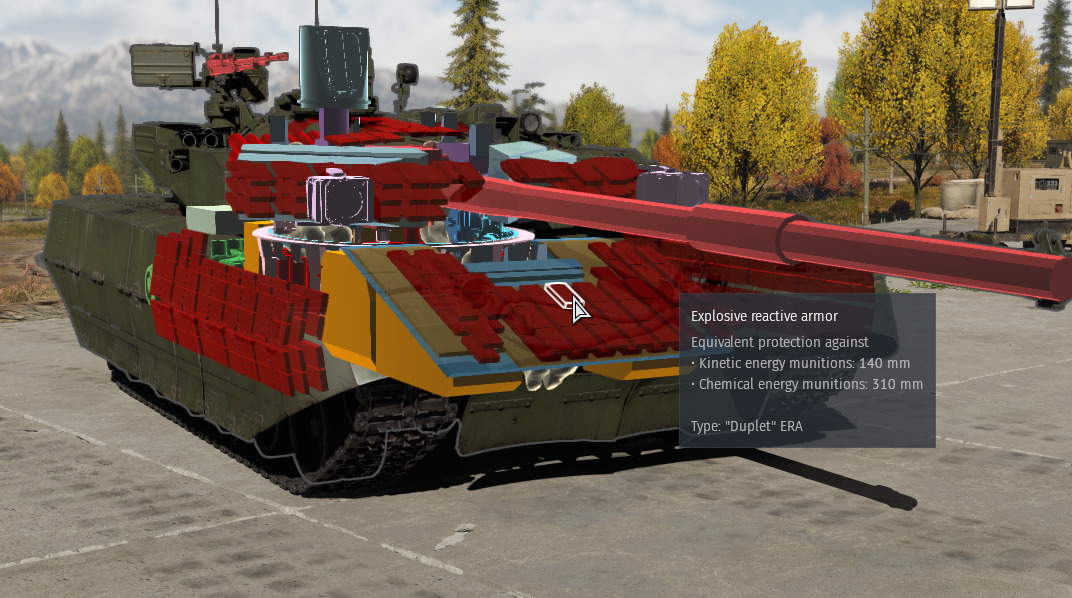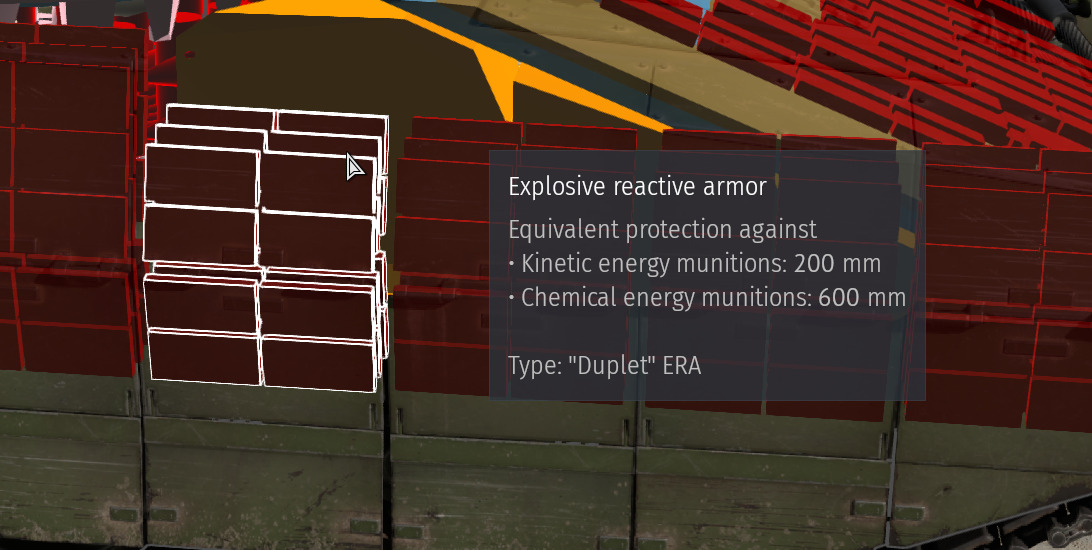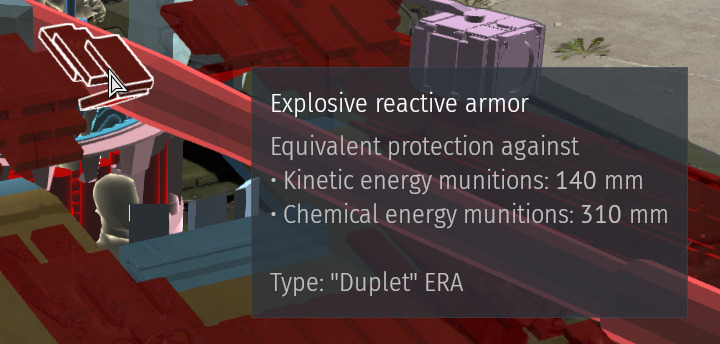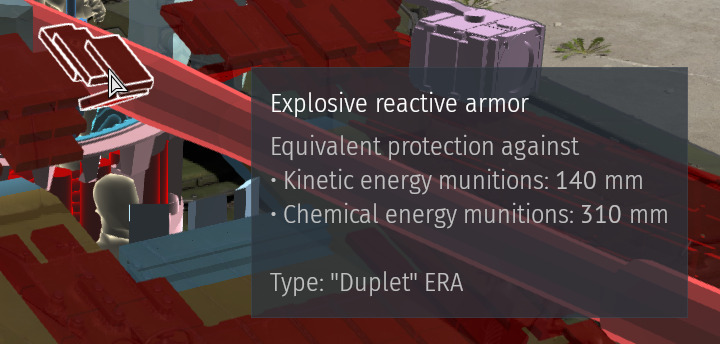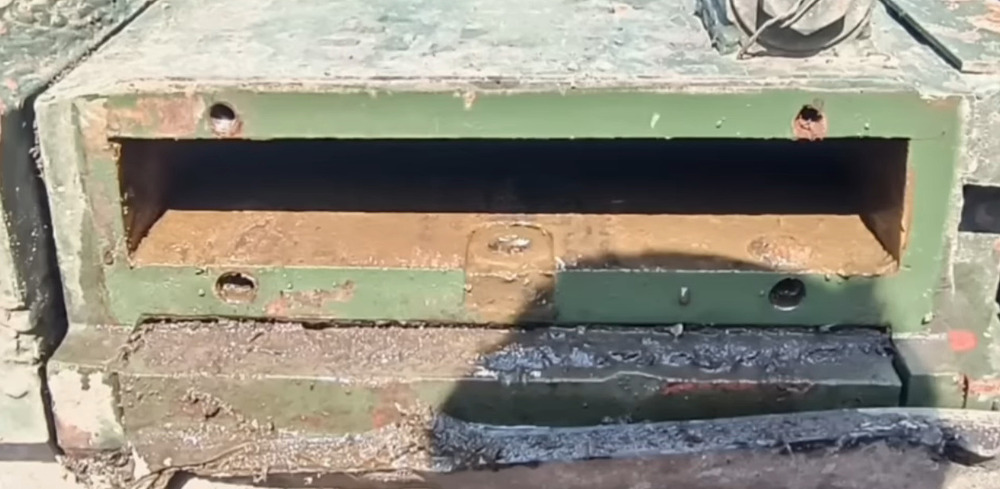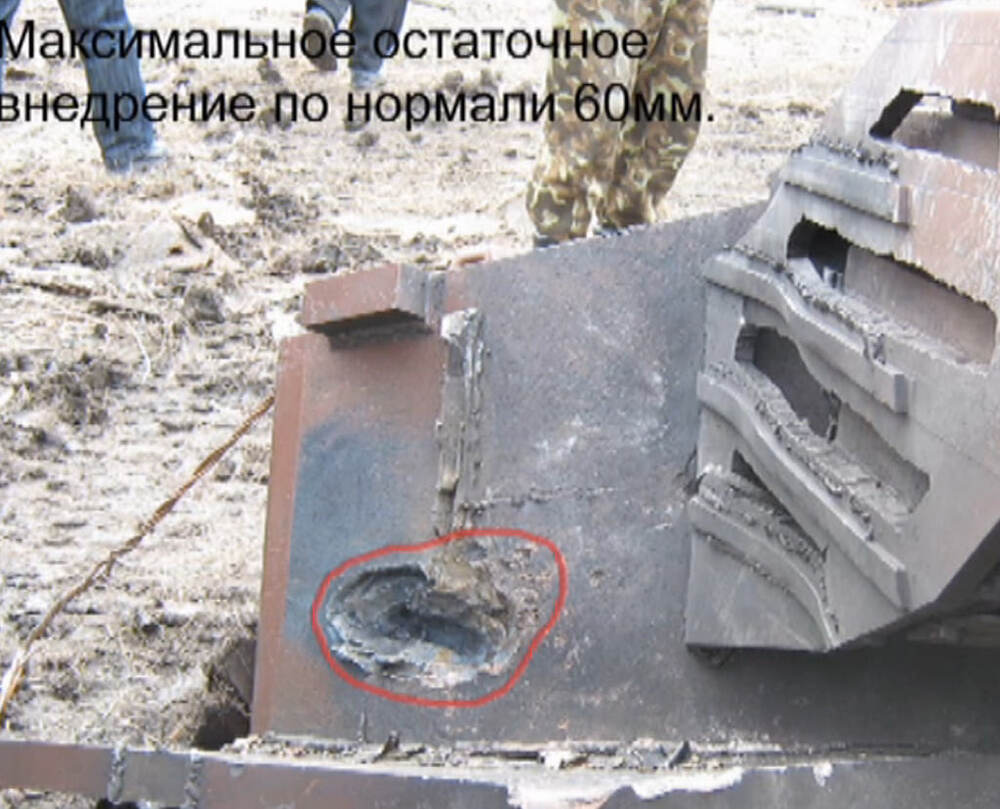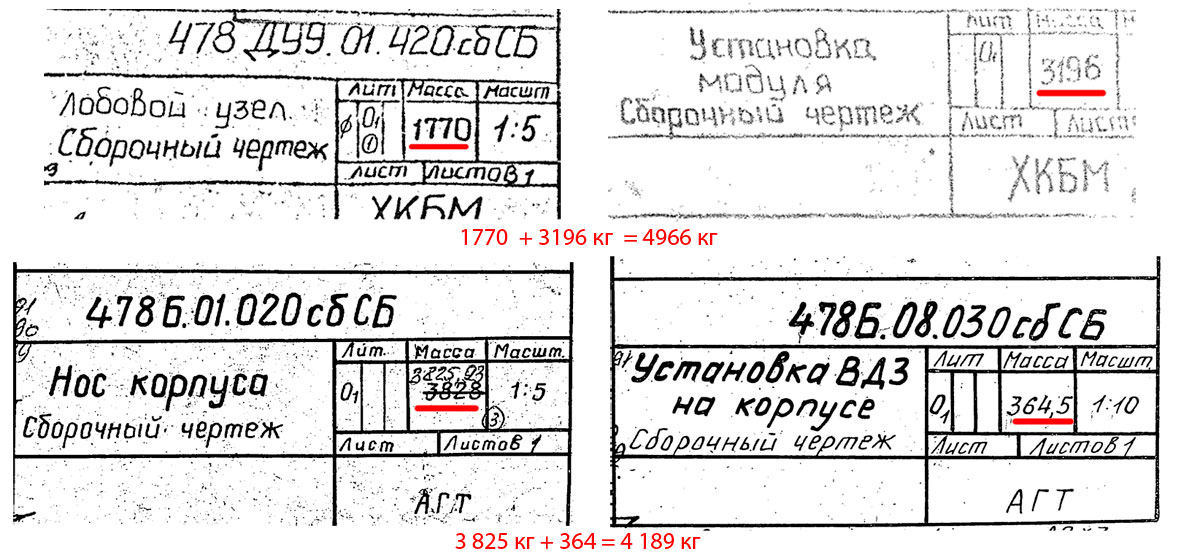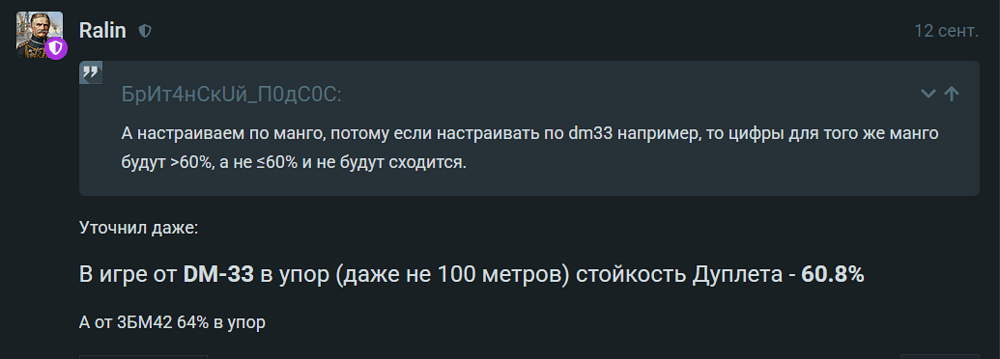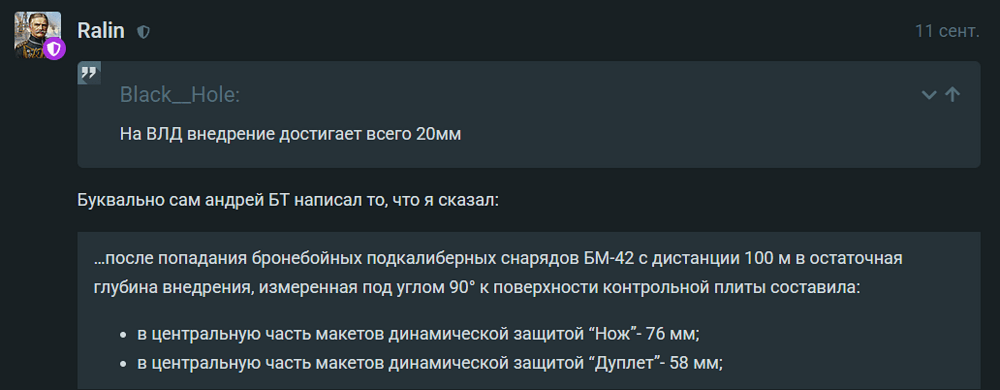Ah, I thought you meant the total protection of the UFP.
In fact, it is important to remember how the Nozh works.
HEAT jets penetrate the cover above the ERA and attack the ammunition. Do you think that the ERA will work better or worse if there is a layer of 50 mm of steel above it, and not 10? This means that it needs to penetrate much more steel to get to the ammunition.
Its own armor prevents the Nozh from working well. So on the turret, where there is only 10 mm of steel, the Nozh works much better than in the hull under a plate of 50 mm (according to assumptions). Moreover, if the plate is also composite (i.e. from thin plates), then this is even worse for the Nozh, because such an obstacle is more resistant to HEAT
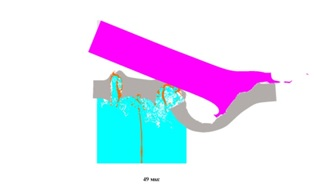
There is a brochure for only Nizh elements that states 50% reduction of BM42. If Duplet is less effective because it is two layers of ERA and back layer is stopped by the 50mm plate, the first layer should reduce the penetration by 50% and then the round should hit the 50mm plate (as seen in factory photos), before contacting the second, less effective layer of ERA, and the 60mm plate beneath it. The value of 280-292mm should still be exceeded for the UFP as most of the work in defeating an APFSDS is done by the first layer of ERA.
One thing I did wonder is what this is all about.
Here an individual Block of Duplet is modeled as 140mm KE, 310mm CE. This means that hitting multiple blocks would increase protection based on the number of blocks hit.
Then the same ERA on the side is modeled as one module of 24 blocks, with a protection of 200mm KE or 600mm CE. Since these are layered by three this means you’ll generally hit three of these blocks, meaning they somehow only have individual protection of 67mm KE and 200mm CE, far less than the individual Blocks on the hull.The way they are modeled also allows for a hit to reach four of them at once, at which point they still only offer the same protection, or 50mm KE and 150mm CE individually.
Now on the turret there is what I’d consider the worst offender, a set of three stacked plates with the same protection as the individual hull blocks of 140mm KE and 310mm CE. This gives them a laughable individual effectiveness of 47mm KE and 104mm CE.
Is this just an issue of how it’s displayed in the hangar, and implemented better in the actual damage model, or do these grouped ERA modules really suffer this much from the general simplification of ERA in game?
Yeah, I do know how Nizh ERA works. Yet, the question that also interest me is whether second layer should be that ineffective in contrast to the first?
I don’t have master’s degree on physics, but shouldn’t supersonic projectile (be it APFSDS or melted metal jet from hollow-charge projectile) bypass first 2 layers (ERA #1 + dampner, whatever it is made of) and be partially there, in the cavity of layer ERA #2 when it should be triggered?
What I mean is APFSDS or HEAT jet doesn’t trigger, say, first layer of ERA, and says: “hey, Im gonna wait until you finish exploding”, and then goes to second one saying: “hey, I kind of triggered you, but you will have to bypass the dampner to affect me”. That is, projectile doesn’t “stop” in each layer of armor, thus shouldn’t part of APFSDS already be in second layer of ERA and be affected by it in almost same manner as in the first layer, as the max. projectile speed of ERA component is reached the milisecond it is triggered?
Sounds like nonsense, but again, just for general knowledge
I am not up to date but imagine them working on OPLOT and thinking " Yeah we should replace one 50mm RHA plate from the T-80UD layout and replace it with ultra nanotech “rubber”+ 2 layers of ERA, it would definitely increase protection". Then we come into the game and we see that Oplot Has less protection than T-80U with K-5 so where is the point of changing armour layout when it doesn’t increase protection what so ever? And beside this ERA is one shot and it’s gone for ever exposing just 2 pieces of rha and 35mm of textolite.
I don’t get it.
Cumulative knives are used in construction for dismantling metal structures. You can study how effective they are relative to diameter. That is, how many of their own steel diameters they penetrate.
When you learn this, you will understand everything
Well, what I mean is, in construction we use them against static objects. Yet here, APFSDS is supersonic, and I wondered whether the milisecond the second layer of ERA is triggered, APFSDS would already be in base armor, thus the launched cumulative knives at the point of detonation would already face base of projectile, not dampner/plating.
Because rn it means that projectile just “stops” before armor and allows both ERA layers detonate against it, however the travel distance of the second layer is harder due to said dampner.
Or explosion is trigger on two tiles the moment the first one is triggered, yet it is not modeled in the game. That’s what concearns me
For UFP and turret, the numbers in the X-ray are conditional. Total resistance - 292 mm
The tank has completely different elements on the sides. There are 2 layers of 19A (weak) and 1 layer of 34P (strong). Therefore, it is incorrect to compare them with the ERA on the UFP directly.
Moreover, 200 mm is indicated for a course angle of 30 degrees usually (as for other ERA).
On the roof, there is also element 19 (without A). Its resistance of 140 mm is relevant for an angle of impact of about 80 degrees (its design angle on the turret).
You must understand that the numbers are approximate, it is impossible to describe the effectiveness of EPA with one number
no
the cumulative jet is much faster than the APFSDS .
Moreover, this would not affect the cumulative knives below, since they still need to cut the armor.
Moreover, the movement of the projectile reduces the effectiveness of the cumulative knives, since their cutting is “smeared” across the projectile
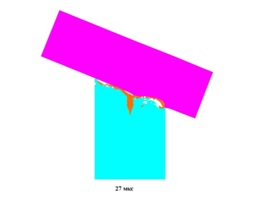
Because the thing is not about KE protection but chemical, namely against tandem hollow charge projectiles. First stage chemical penetrator would trigger the first layer and partially eliminate main chemical penetrator, whereas the second layer would eliminate the leftover power of main chemical penetrator.
Alright that does make a lot more sense. Though it is weird to use different standards for displaying their protection without making it clear in game.
For example if there was a description for example splitting the protection down into the individual 19A and 34P values, as well as information on the situations they apply it would be much better to inderstand. Or ideally just universal charts for ERA types at different angles so they can be directly compared to eachother. I feel like simplifying all subtypes to just “Duplet” and giving information for different situations just leads to confusion.
Also what exactly is happening here?
They look like the same blocks as the rest of the turret, and are given the same value. But does the game recognize that this is three of them in a row? And if so, why isn’t this communicated?
So… it means that penetrator activates both tiles the moment it triggers the first one? Because that’s the thing: if we are to give 290mm of KE resistance, shouldn’t the efficency be combined in to 2 tiles at the time, and unifying damage models of ERA on the layer #1 and #2? From dev server, all blocks exept on the sides and some on the turret front/sides work independently
Is it going to be fixed on release? As of dev server, it should have meant that ERA #1 has 100% efficency against incoming projectile and ERA #2 would have ~70% efficency instead of realistic <20% as you described because again, only one tile is triggered at a time, and because of that second layer should have had almost identical efficency because it was triggered only the moment projectile is in ERA #2 cavity (instead of IRL representation of setting off both of them at once, like it is on hull sides)
Probably it is worth writing of course. As well as it is worth specifying the specific name of the elements like HSCHKV-19, 34P, 19A
I can’t say for sure here. It’s worth waiting for the update to be released and looking at the protection analysis
no, one by one
The developer wanted only 1 top layer to disappear when weak projectiles hit (this is realistic).
Combining everything into one layer would weaken the tank
idk but this would be a nerf to the Oplot. The top layer will be torn off much more often and if it is stronger than the second, then you will lose most of the protection
According to manufacturer’s brochure, one layer of Nizh is 50% reduction in BM42 penetration, if first layer is modelled as this, what would the protection be? Right now both layers give 140mm protection each. If 50mm steel plate above the second layer makes it less effective, would it not make sense to model these protection mechanisms realistically?
UFP should be modelled as:
15mm cover (RHA)
1st layer of ERA
50mm RHA
2nd layer of ERA
60mm RHA
35mm Textolite
50mm RHA
First layer of ERA should provide KE equivalent of 50% reduction in BM42 projectile.
Second layer of ERA should provide reduced KE equivalent, maybe even as low as 50-40% of first layer due to 50mm RHA plate above it. (The devs have to decide the effectiveness of this layer)
Total RHA protection should be 467mm as calculated before.
Additionally, whatever protection 35mm textolite provides should be added.
I am not at home so I would be grateful if someone can calculate the armour values based on these numbers.
Nizh ERA module contains 15mm steel, ERA and 15mm steel. So 50% is for 30mm steel + ERA;
Further, your reasoning is based on incorrect conclusions.
You have 340mm of base armor (50mm steel + 35 textolite + 60mm steel) and a 292mm Duplet module = 632mm
If you want to change something, then you:
- Must prove that the manufacturer meant 60% protection only for the HSChKV elements
- Refute the tests, because we know that when fired at the turret, where the projectile penetrates 40mm of steel and two HSChKV modules, the residual penetration of the 3BM42 was 60mm at 90 degrees (i.e. at 65 degrees - this is 142mm+ steel)
- Provide correct new values based on something
With the current available information it is impossible to refute these assumptions made, such as the presence of 35mm structural steel, and that 60% reduction of penetration is by ERA elements + the un-modelled 50mm RHA plate between the elements. Nothing in the brochure for Duplet states that “Duplet complex” contains the RHA armour in the module, this is an assumption made by the devs without any reasoning provided.
These assumptions have no real basis but have to be proved wrong which is impossible to do because no one has made these assumptions before. No one at Kharkiv plant will say that the composition of BM Oplot armour is 50+35+60+ERA+50+ERA+15, we can only make assumptions based on images from the factory, and these images show a 50mm plate, can it be proven that this is RHA not structural steel? No. Can it be proven that this is Structural steel not RHA? Also no.
See how it is impossible to refute these assumptions? Because both assumptions don’t have any official information backing them. But one assumption makes much more sense looking at factory images.
By the way, I think I figured out what the error in your calculations is. It is precisely related to the shell’s penetration of sloped armor. I will calculate this later, because it takes time.
Well, firstly, you can always find data that 60% durability is only for the HSCHKV without everything else (though then the data will not match the turret shelling tests)
Secondly, you can find tank drawings
How perceptions change. Despite the fact that all the documents that were in the public domain at that time were only supplemented with new ones.
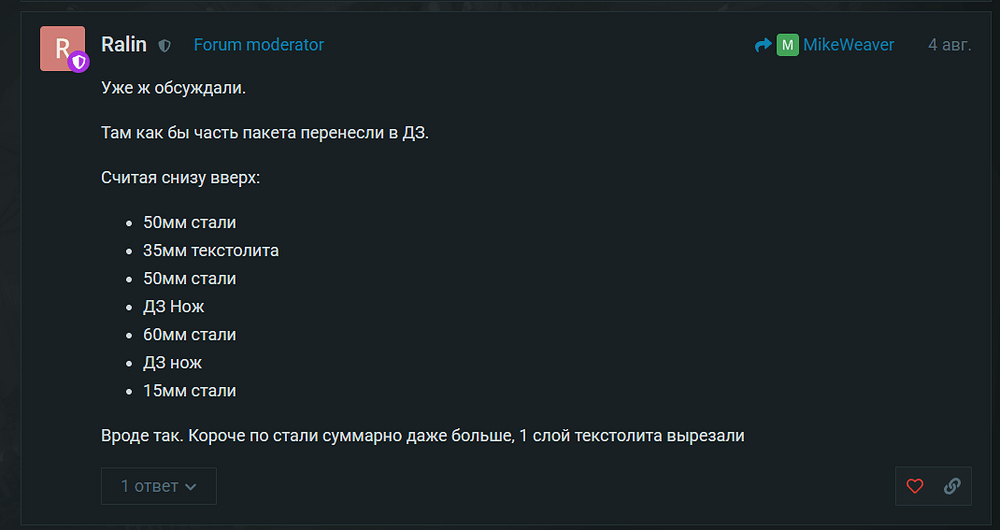
In dry calculations, the weight of the armored steel has increased, but the protection has decreased. And this is without dynamic protection blocks
Also a kind of manipulation of numbers
But let’s point out the existence of Zbm42 Manho and give a photo as an example
69 / 5 000
But pointing out the penetration of ZBM42 Mango and citing the photo as an example
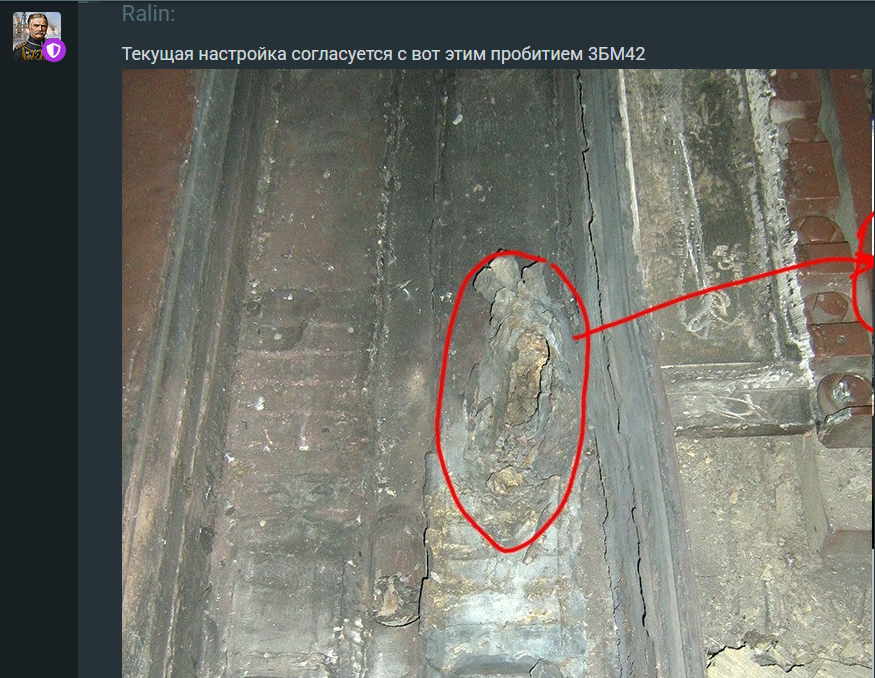
The setting matches…
The only question that arises is why to indicate 60% protection from Mango in the game, when in the photos that like to show damage to the rear 60mm armor plate reaches 58mm, and therefore the dynamic protection itself with a cover, as well as a separate damper (which is not known, but definitely not 35mm of structural steel) stopped ~89.5% of armor penetration ~492mm. Also, for some reason, the Mango construct itself is not taken into account, which consists of several parts, which means that the destruction of the first section practically does not affect the kinetics of the rest of the projectile, which gives such a result in penetration. But if we take the data from the test in the United Arab Emirates, where in fact the Dm 43 reached only a 60mm layer of armor and left a dent on it ~20 in depth. Of course, we do not have a complete document from the tests in the United Arab Emirates, but this actually confirms the wrong approach to modeling the tank and especially to its dynamic protection, since for each projectile it must have its own equivalent protection. And for this it is necessary either to manually prescribe protection from each projectile, or to introduce new mechanics and give sectionality to the projects that have it, which is 856A2, Dm 53, Mango.So the question is why Nizh and Duplet are set up according to the game penetration figures, and not according to the real ones, which he himself points out in the photo above, and other dynamic protection is introduced according to booklets with real figures against real penetration.
